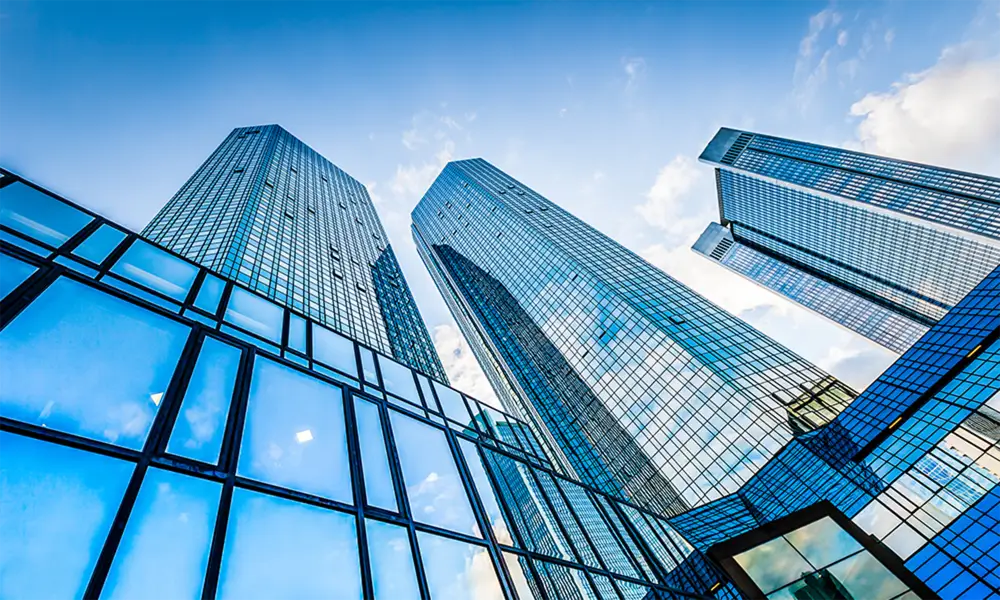

Understanding Low-E Glass Enhancing Comfort and Efficiency
In the modern architectural landscape, energy efficiency and comfort have become paramount. One remarkable innovation that addresses these needs is low-emissivity (low-E) glass. This specialized type of glass helps regulate heat transfer, benefiting both residential and commercial buildings while contributing to sustainability and energy conservation.
What is Low-E Glass?
Low-E glass is a high-performance glass product that features a microscopically thin coating of metal or metallic oxide. This coating reflects infrared energy while allowing visible light to pass through. The term low-E refers to the reduced emissivity of the glass surface, which is a measurement of how much infrared radiation a material emits. In simpler terms, low-E glass minimizes the amount of heat that escapes from a building in winter while reducing heat gain in summer, leading to a more thermally efficient structure.
How Does Low-E Glass Work?
Low-E glass works primarily through its reflective coating. During the winter months, the coating retains heat produced inside a building, reflecting it back into the interior. Conversely, in the summer, low-E glass minimizes the sun's heat from penetrating into the space, keeping interiors cooler without over-relying on air conditioning systems. This dual functionality not only enhances comfort but also reduces the energy demand for heating and cooling buildings.
Types of Low-E Glass
There are two primary types of low-E glass passive and solar control.
1. Passive Low-E Glass This type is designed to maximize solar heat gain during colder months. It is ideal for regions with long winters and short summers, effectively harnessing the sun’s warmth to reduce heating costs.

2. Solar Control Low-E Glass This variant is engineered to reject solar heat while still permitting adequate daylight. It's particularly useful in warmer climates where cooling costs dominate. By lowering solar heat gain, solar control low-E glass helps maintain comfortable indoor temperatures without excessive reliance on air conditioning.
Benefits of Low-E Glass
The benefits of low-E glass extend beyond mere energy efficiency. Here are some of the key advantages
- Energy Cost Savings By enhancing insulation and regulating temperature, low-E glass can significantly reduce heating and cooling costs. Buildings fitted with low-E glass often experience lower utility bills, directly contributing to the bottom line.
- UV Protection Low-E glass also offers protection from harmful ultraviolet (UV) rays, which can fade furniture, carpets, and artwork over time. This shielding extends the life of interior furnishings while maintaining aesthetic integrity.
- Improved Comfort With better temperature regulation, occupants enjoy a more comfortable environment. Low-E glass minimizes hot spots near windows, providing consistent warmth in winter and coolness in summer.
- Sustainability By reducing energy consumption, low-E glass contributes to lower greenhouse gas emissions, supporting environmental sustainability efforts. Its use in buildings aligns with green building certifications like LEED (Leadership in Energy and Environmental Design), promoting eco-friendly practices.
Conclusion
Low-E glass represents a significant advancement in building materials, providing solutions that enhance energy efficiency, comfort, and sustainability. As more architects, builders, and homeowners recognize its benefits, the adoption of low-E glass is likely to continue rising. Investing in low-E glass not only furthers individual interests in comfort and savings but also contributes to broader environmental goals, making it an essential element of modern construction practices. Whether you’re considering a new build or a renovation, incorporating low-E glass could be one of the best decisions for your space, your wallet, and the planet.